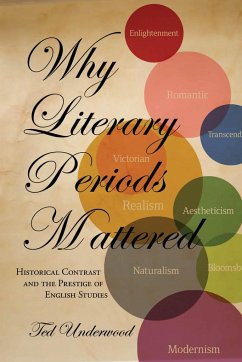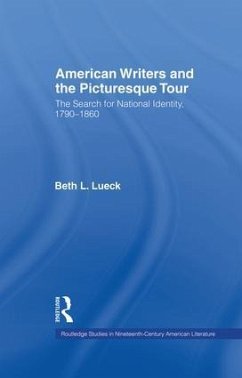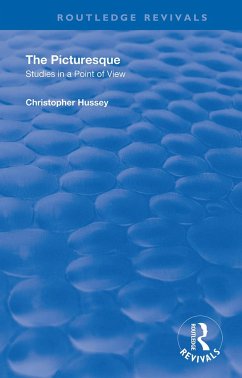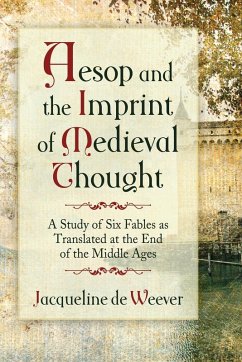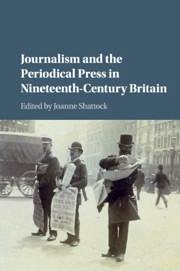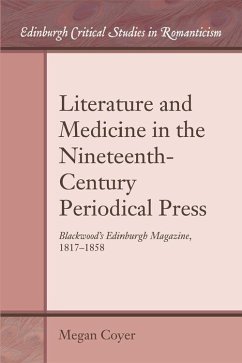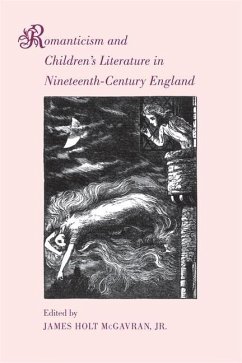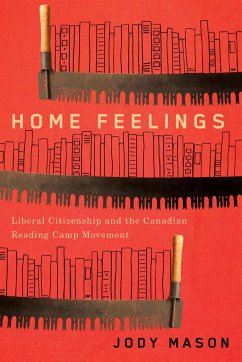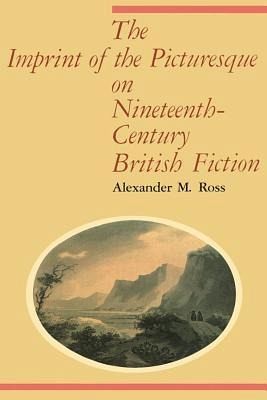
The Imprint of the Picturesque on Nineteenth-Century British Fiction
Versandkostenfrei!
Versandfertig in über 4 Wochen
52,99 €
inkl. MwSt.

PAYBACK Punkte
26 °P sammeln!
Despite the negative criticism directed at its sentiment, its heartlessness, its superficiality, the picturesque remained in both art and fiction of Victorian England a mode of seeing that even the greatest of the artists and novelists relied upon from time to time so that their viewers and readers could rejoice in the instant recognition of place and character distinctly limned and sometimes subtly enough to elicit sympathy"" (Preface). After briefly tracing the development of the theory of the picturesque in the eighteenth-century writings of William Gilpin, Sir Uvedale Price, and Richard Pa...
Despite the negative criticism directed at its sentiment, its heartlessness, its superficiality, the picturesque remained in both art and fiction of Victorian England a mode of seeing that even the greatest of the artists and novelists relied upon from time to time so that their viewers and readers could rejoice in the instant recognition of place and character distinctly limned and sometimes subtly enough to elicit sympathy"" (Preface). After briefly tracing the development of the theory of the picturesque in the eighteenth-century writings of William Gilpin, Sir Uvedale Price, and Richard Payne Knight and examining how nineteenth-century novelists accommodated aesthetic theory to the practice of fiction, Ross focuses on the use of the picturesque in the works of Sir Walter Scott, Charlotte Bronte, Charles Dickens, George Eliot, and Thomas Hardy. The persistence of the picturesque through novels ranging from Waverley to Jude the Obscure and in writers like Dickens and Eliot, who had little respect for its conventions, attests to its strength and attraction in nineteenth-century literature.



